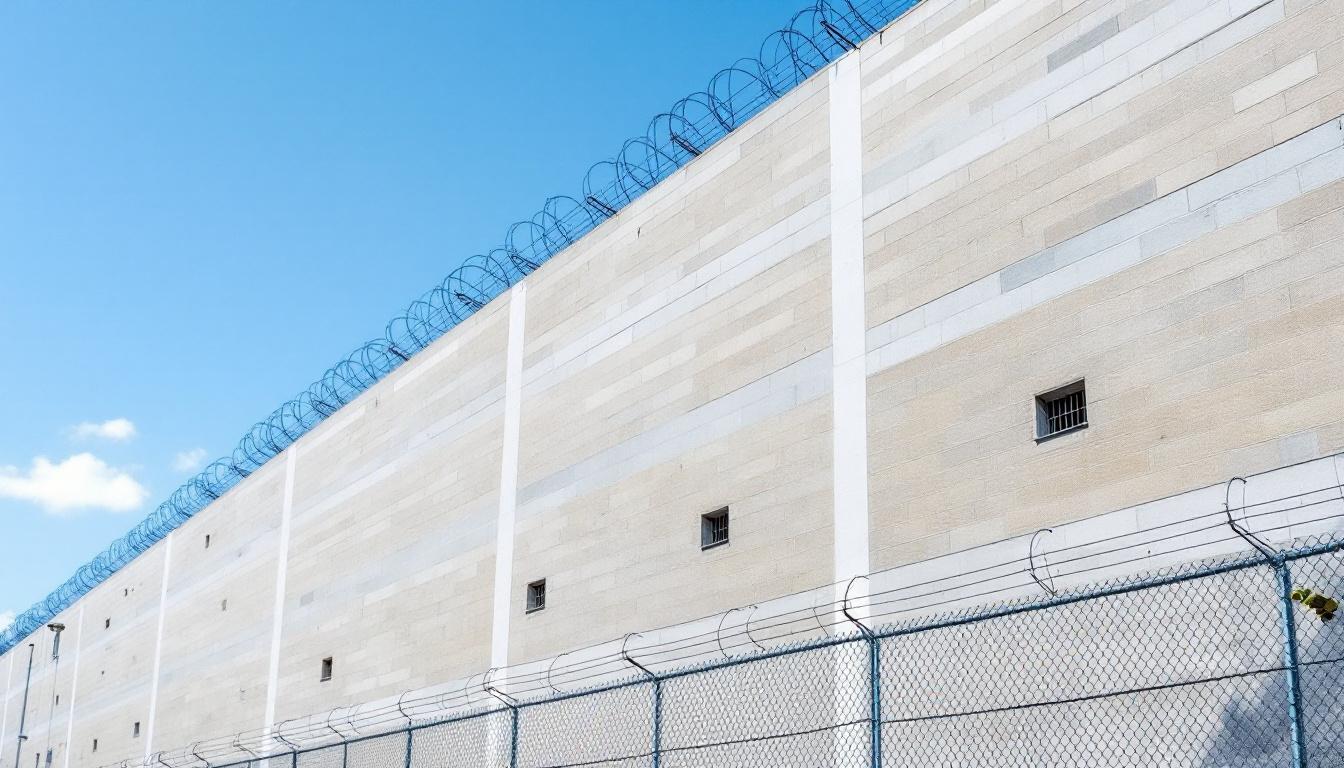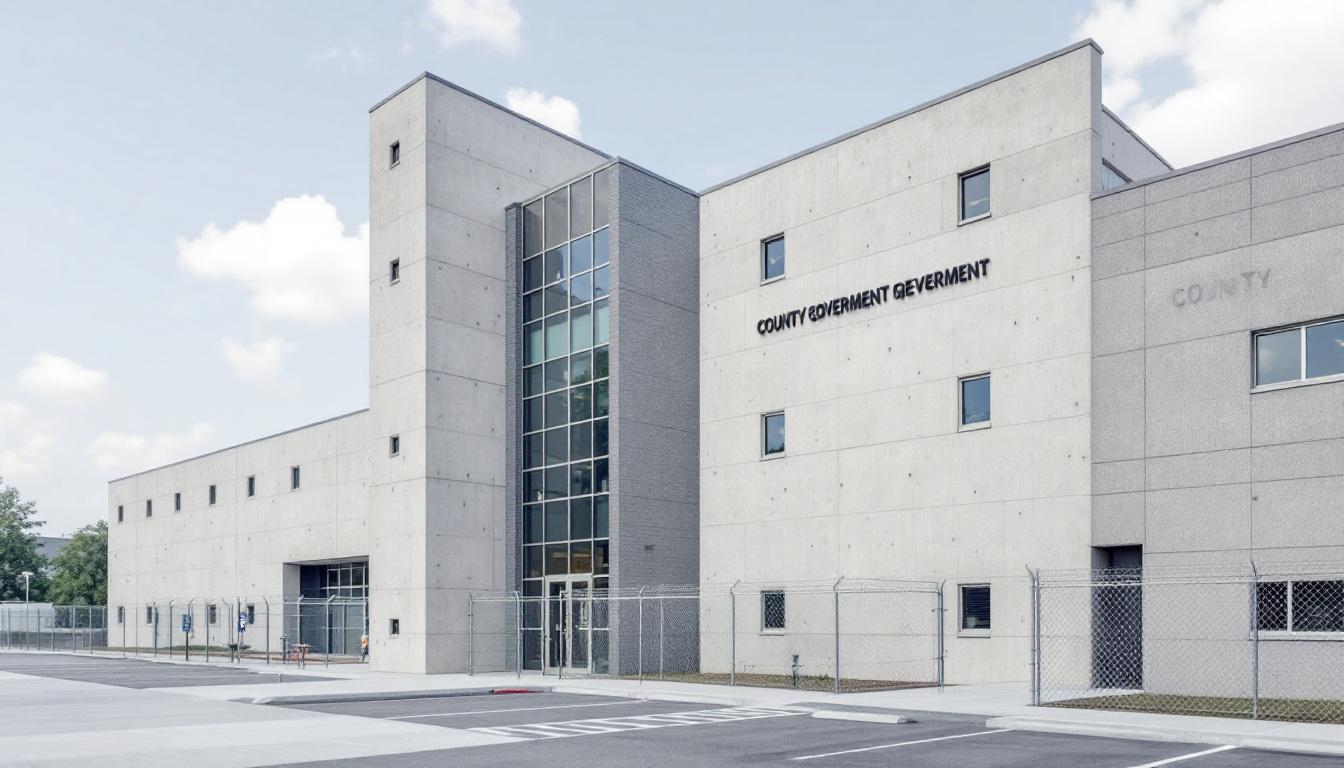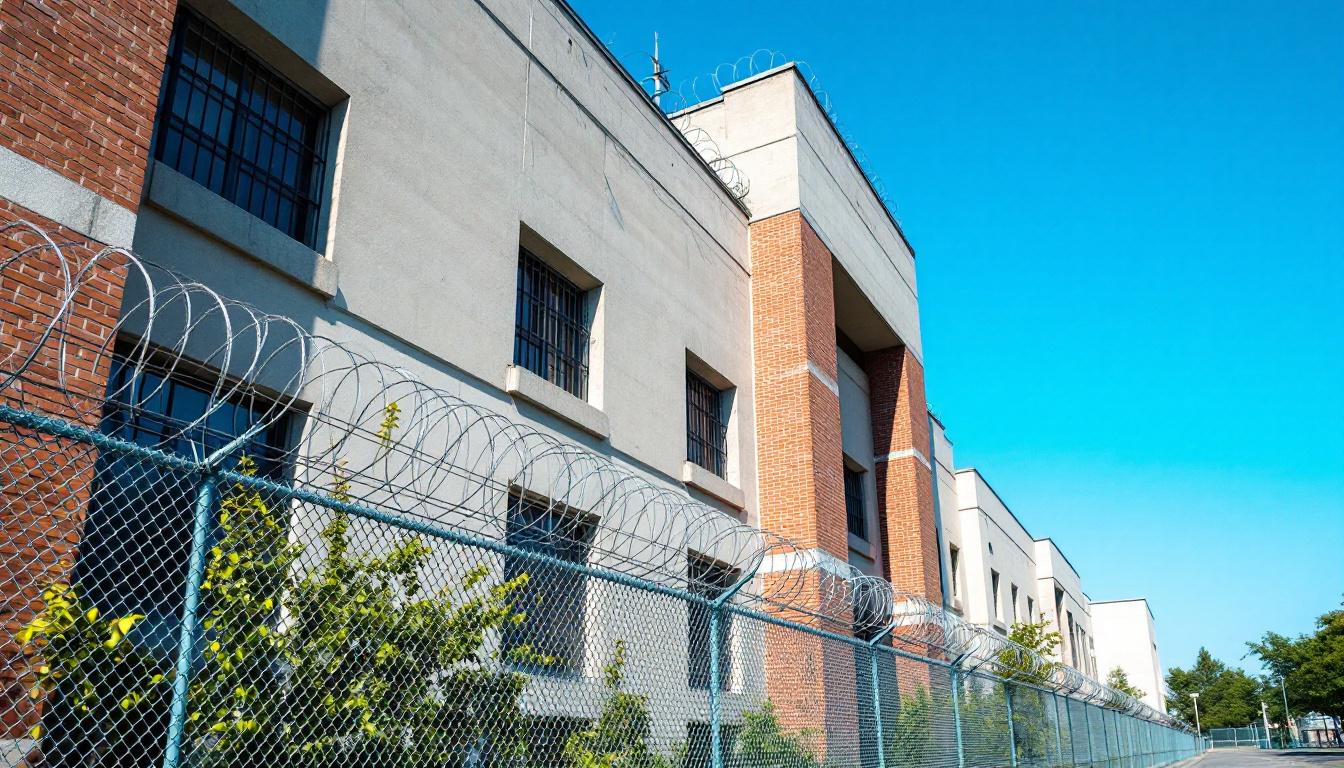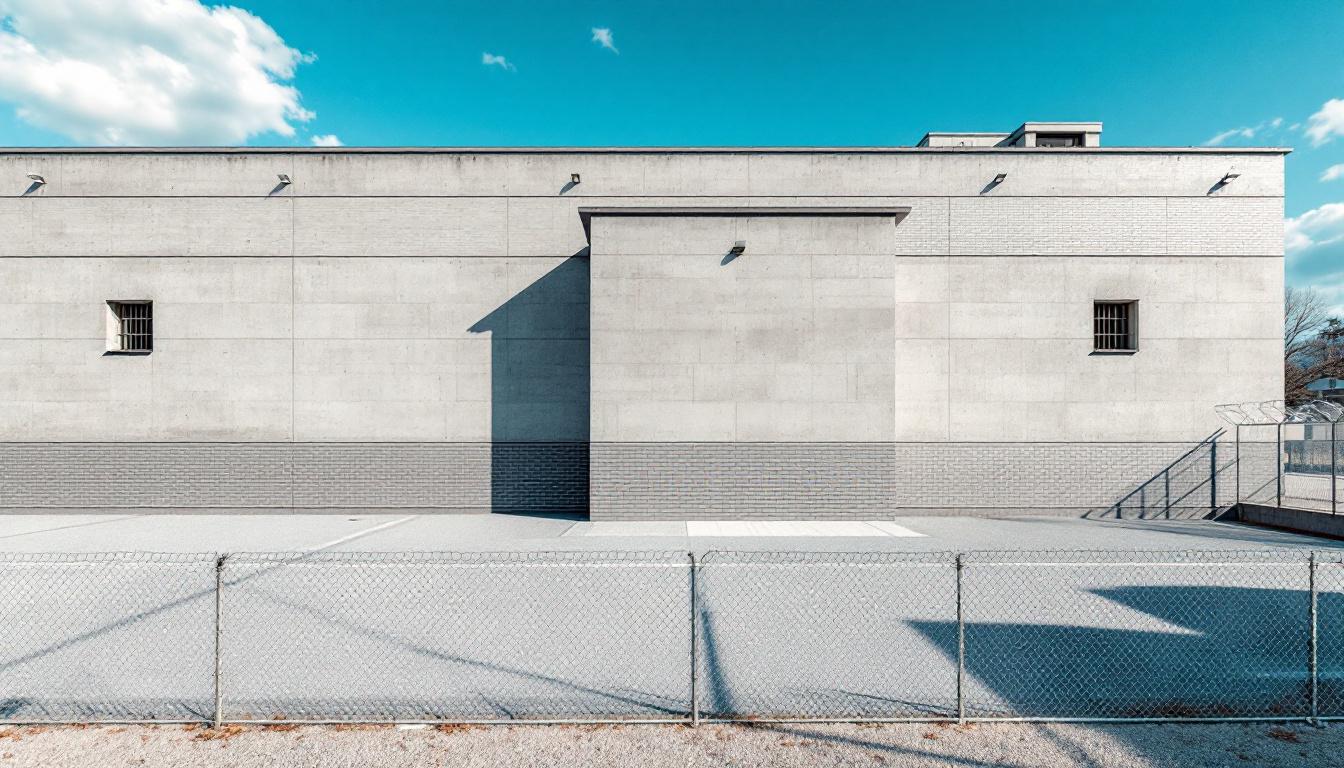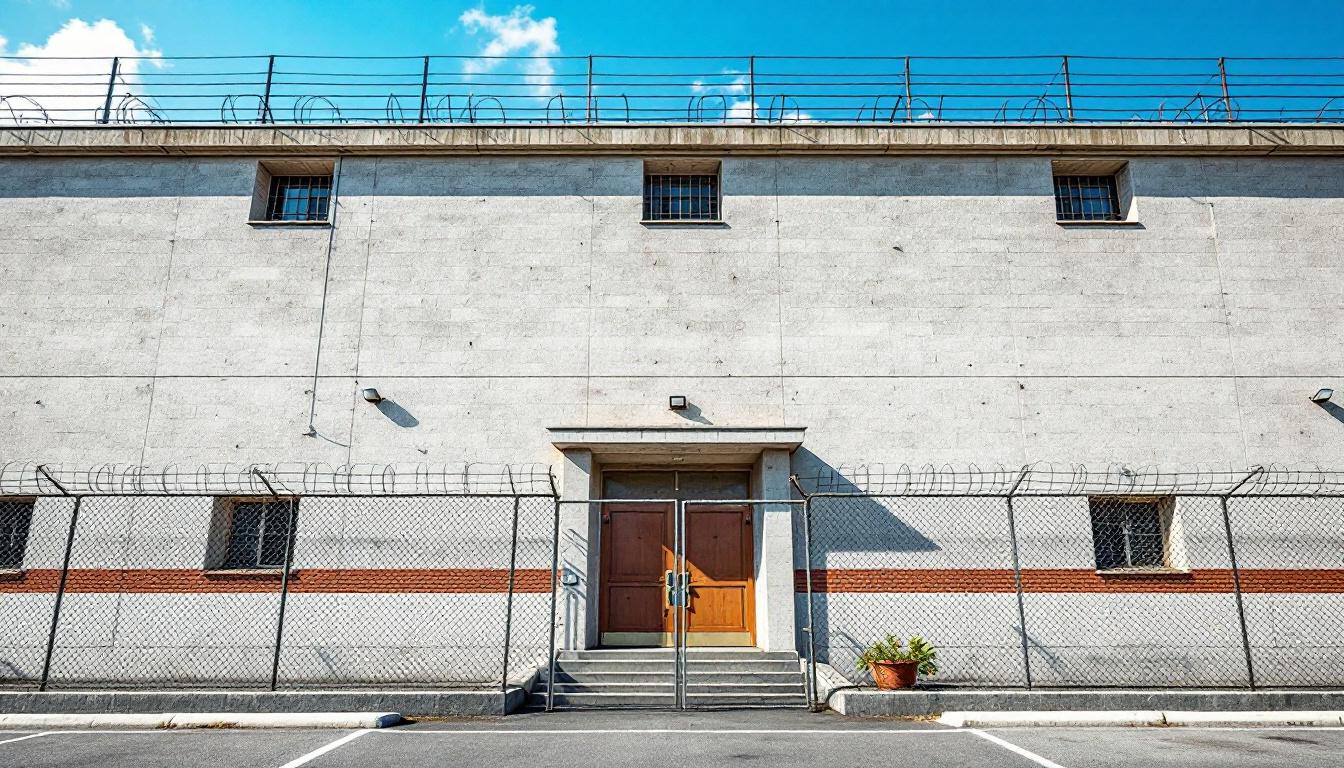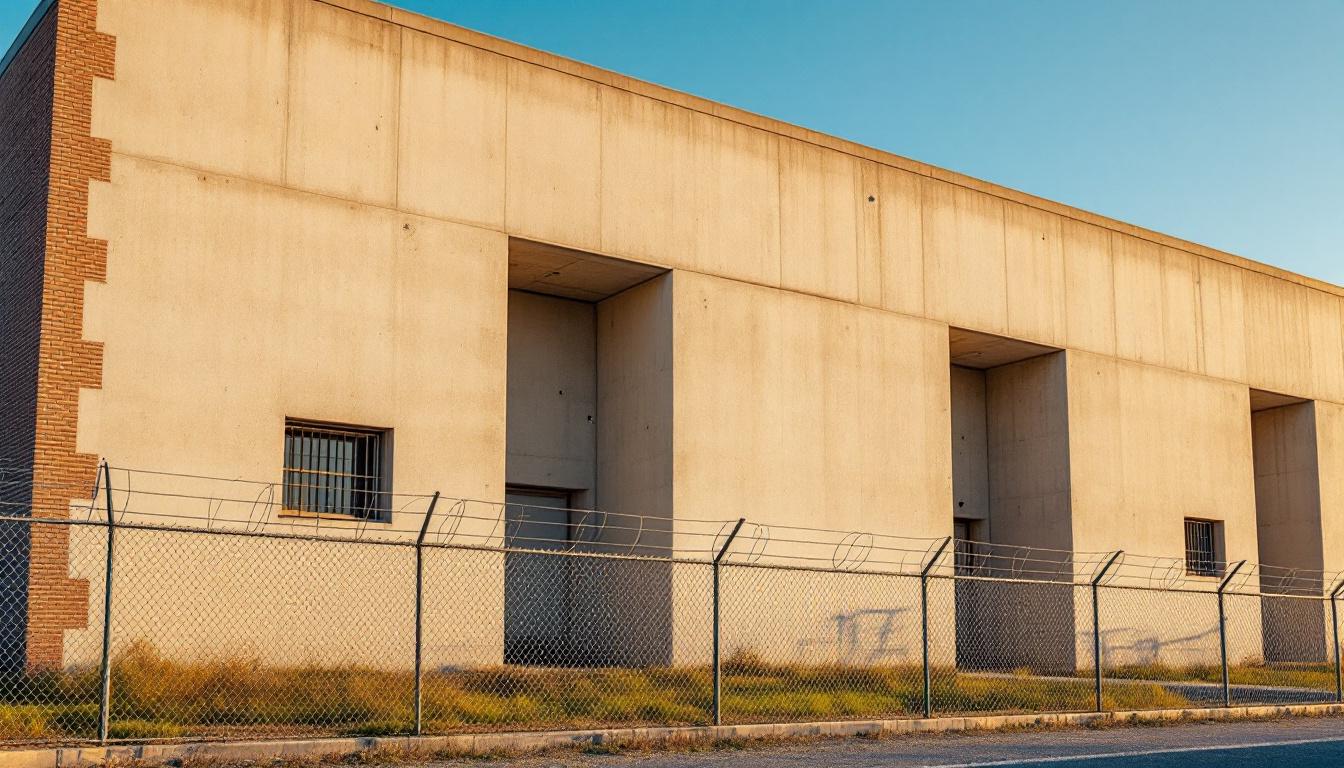
Quick Navigation
How to contact an inmate at Comanche County Jail
This comprehensive guide will walk you through how to connect with an inmate at Comanche County Jail. Follow the steps below to find an inmate and send letters and photos:
- Search for the inmate using our search tool below
- Create your account or log in to Penmate
- Write your message (up to 6,000 characters)
- Send instantly - inmates receive printed copies daily
Find an Inmate
Search for an inmate to start communicating today
Tip: You can search by first name, last name, or inmate ID number
To contact a person at Comanche County Jail start by searching for the person on the official facility website. Perform a search by following these steps:
- Step 1: Enter their first name and last name into the search form and click "Search"
- Step 2: Locate their inmate record
- Step 3: Write down their Inmate ID and any housing information provided
Important! Be sure to enter the person's full name. Nicknames should not be used.
How to Send Messages to Inmates

You can use your phone or computer to send emails, letters, and photos to an inmate. Messages are sent electronically to inmate tablets or kiosks at the facility. If you would like to send a message, start by searching for an inmate at Comanche County Jail.
Sending Photos and Postcards

A great way to send love and support to a loved one at Comanche County Jail is to send photos and postcards. It only takes a few minutes to send photos from your phone and it makes a huge difference. You can also mail postcards with words of support and inspiration, or design your own postcard for special moments like birthdays and holidays.
Important! Be sure not to send any explicit photos or they may not be approved by the facility. You can also use a photo printing app like Penmate to make sure your photos are printed at the correct size (4x6 or 3x5) and are mailed according to the rules and regulations of Comanche County Jail.
Frequently asked questions about Comanche County Jail
-
How long does it take to deliver a message?
If you're sending an email message your letter is usually delivered within 24-48 hours. For messages sent via mail you should expect delivery within 3-7 days. All messages will need be approved by Comanche County Jail.
-
How much does it cost to send a message to Comanche County Jail?
You can send a message free using your phone or mail a message via USPS for the price of a $0.60 stamp and envelope. You can also purchase credits or e-stamps from services starting at $1.99.
-
What services can I use to contact an inmate at Comanche County Jail?
Penmate
You can use Penmate to send letters and photos to an inmate from your phone. It's an easy way to stay in touch during your loved one's incarceration. Use the inmate locator to find an inmate's location and contact information, then you can send messages within a few minutes.
Securus messaging
Securus may be another option for communicating with an inmate at Comanche County Jail. You can create a friends and family account and purchase credits to send messages. All messages will be reviewed and must be approved by the facility.
JPay
Some county jails and state prisons may support sending messages with JPay. You must register an account with the system, find your loved one, and purchase stamps to send messages. For some locations you can also attach photos.
Smart Jail Mail
You may also check if Smart Jail Mail is available at Comanche County Jail. Smart Jail Mail is operated by Smart Communications and has contracted with some state and county jails. After purchasing credits, your messages and photos are sent to the facility, printed out, and then handed out to your loved one.
-
What is the mailing address of Comanche County Jail?
Mailing address:
Comanche County Jail
300 Industrial Blvd
Comanche, TX 76442
Phone: (325) 356-2333Business hours:
- Monday: 8:00 AM – 5:00 PM
- Tuesday: 8:00 AM – 5:00 PM
- Wednesday: 8:00 AM – 5:00 PM
- Thursday: 8:00 AM – 5:00 PM
- Friday: 8:00 AM – 5:00 PM
- Saturday: Closed
- Sunday: Closed
-
What are the visiting hours at Comanche County Jail?
Visiting hours at Comanche County Jail vary by housing unit and security level. Generally, visits are scheduled on weekends and holidays, with some facilities offering weekday visits. Contact the facility directly at (325) 356-2333 or check their website for the current visiting schedule. Visits typically last 30-60 minutes and must be scheduled in advance.
-
What items are prohibited when sending mail to Comanche County Jail?
Prohibited items typically include: cash, personal checks, stamps, stickers, glitter, glue, tape, staples, paperclips, polaroid photos, musical or blank greeting cards, hardcover books, magazines with staples, and any items containing metal or electronics. Only send letters on plain white paper with blue or black ink. Photos must be printed on regular photo paper (no Polaroids). Always check with Comanche County Jail for their specific mail policies.
-
How do I send money to an inmate at Comanche County Jail?
You can send money to an inmate at Comanche County Jail through several methods: 1) Online using JPay, Access Corrections, or the facility's approved vendor, 2) Money orders mailed directly to the facility with the inmate's name and ID number, 3) Kiosks located in the facility lobby, or 4) Over the phone using a credit or debit card. Fees vary by method, typically ranging from $2.95 to $11.95 per transaction.
-
Can I schedule a video visit with an inmate at Comanche County Jail?
Many facilities now offer video visitation as an alternative to in-person visits. At Comanche County Jail, video visits may be available through services like Penmate, Securus Video Connect, GTL, or ICSolutions. Video visits typically cost $10-20 for 20-30 minutes and must be scheduled in advance. You'll need a computer or smartphone with a camera and reliable internet connection. Contact the facility for their specific video visitation policies and approved vendors.
-
What identification do I need to visit an inmate at Comanche County Jail?
All visitors must present valid government-issued photo identification such as a driver's license, state ID, passport, or military ID. Minors must be accompanied by a parent or legal guardian who can provide the minor's birth certificate. Some facilities require visitors to be on the inmate's approved visitation list, which may require a background check. Contact Comanche County Jail for specific ID requirements and visitor approval procedures.
-
How can I find out an inmate's release date?
To find an inmate's release date at Comanche County Jail, you can: 1) Use the online inmate search tool if available, 2) Call the facility's records department, 3) Contact the inmate's case manager or counselor, or 4) Have the inmate provide this information during a call or visit. For privacy reasons, some facilities only release this information to immediate family members.
Facility Overview
Contact Information
Comanche County Jail300 Industrial Blvd
Comanche, TX 76442
Phone: (325) 356-2333
Official Website
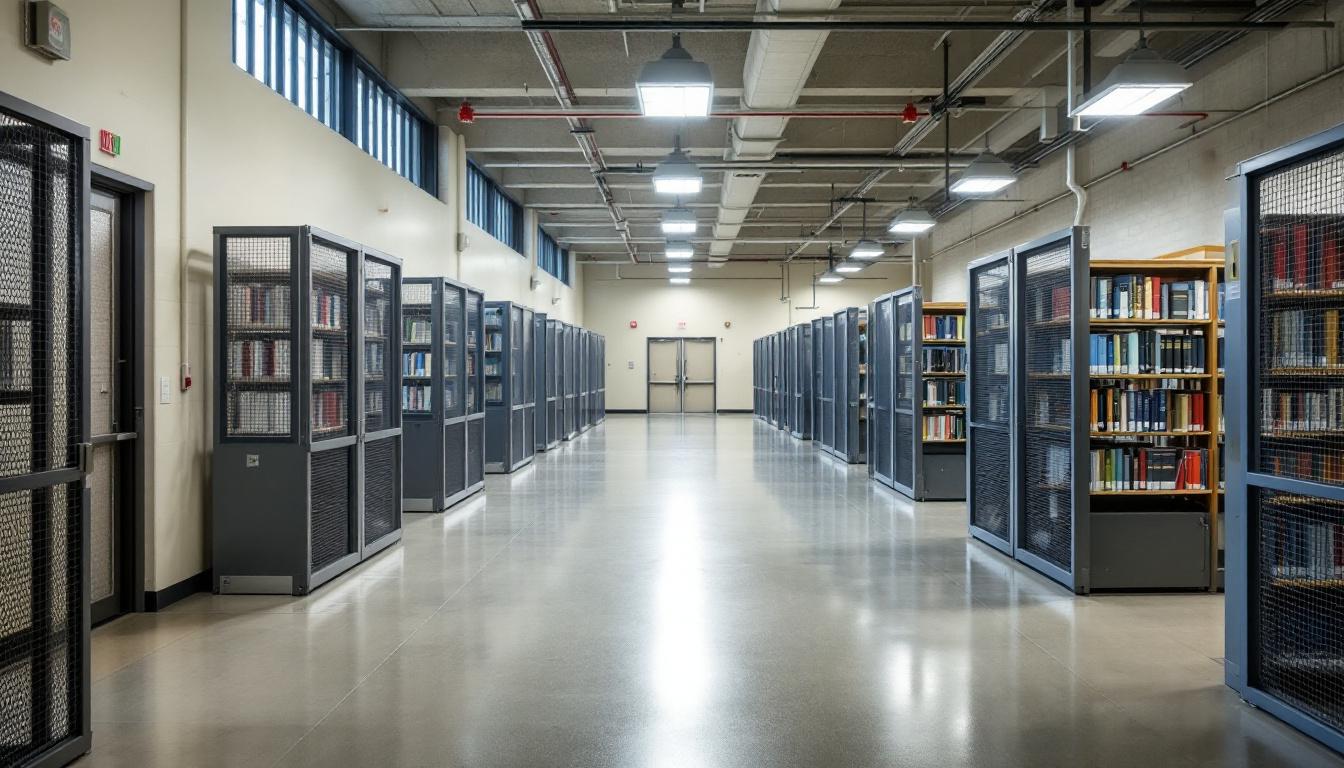
About Comanche County Jail
Situated in the heart of Comanche County, this correctional facility operates as a fundamental component within Texas’s broader network of local detention centers. The Comanche County Jail, TX serves the surrounding community by housing individuals awaiting trial, those serving shorter sentences, and defendants in various stages of the judicial process. As a county-level institution, the facility typically maintains security protocols designed to balance public safety requirements with the operational needs of housing diverse populations under one roof.
The facility generally functions within Texas’s decentralized correctional framework, where county jails handle pre-trial detention and shorter-term sentences while working closely with courts, law enforcement agencies, and other criminal justice entities throughout the region. This TX correctional facility may offer various resident services that often include basic educational opportunities, substance abuse programming, and vocational training initiatives designed to support successful community reintegration. Medical care, mental health services, and chaplaincy programs typically form part of the comprehensive approach to addressing the diverse needs of the incarcerated population.
Programming emphasis often centers on rehabilitation and preparation for release, with the facility potentially providing access to literacy courses, job readiness training, and counseling services. The institution’s role extends beyond simple detention, as it may serve as a critical transition point where residents services include case management support and connections to community resources. Located in Comanche, this county jail represents the intersection of local law enforcement needs and the broader Texas correctional system’s commitment to maintaining secure, humane detention environments that support both public safety and individual rehabilitation goals.
Programs & Services
Vocational training initiatives at Comanche County Jail typically focus on building practical skills that residents can apply upon release. The facility may deliver carpentry instruction, allowing participants to learn fundamental woodworking techniques and construction basics. These hands-on experiences often provide residents with marketable abilities while fostering a sense of accomplishment and purpose during their incarceration.
Educational initiatives complement the vocational offerings through structured learning opportunities. Work programs may allow residents to gain experience in facility maintenance, food service, or administrative support roles. Moreover, library services typically provide access to educational materials, legal resources, and recreational reading that supports both personal development and case preparation needs.
Support services address the practical challenges residents face during reintegration planning. Faith-based initiatives often include chaplaincy services, religious study groups, and spiritual counseling that may help residents find direction and community support. Additionally, identification document assistance programs typically help residents obtain essential paperwork such as birth certificates, social security cards, or state identification cards that are crucial for employment and housing applications after release. These comprehensive support systems work together to address both immediate needs and long-term stability goals.
Daily Life & Visitation
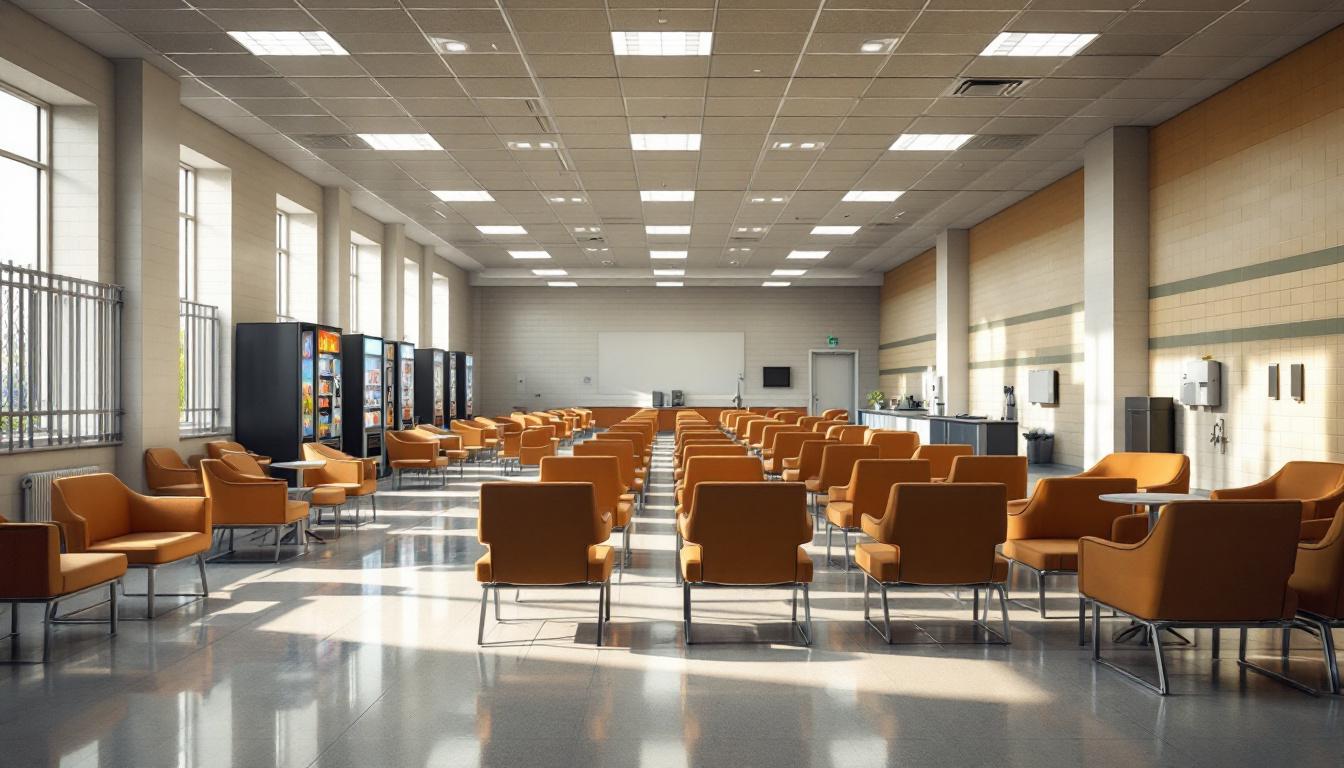
At present, a carefully structured daily schedule actively guides every aspect of life within the facility, beginning before dawn with wake-up calls and continuing through evening lockdown. This predictable framework typically includes designated times for meals, recreation, work assignments, and programming activities. The routine delivers stability and purpose to residents’ days. Moreover, security procedures are woven seamlessly throughout these activities, ensuring safety while maintaining the flow of daily operations.
Living accommodations generally consist of housing units designed to accommodate multiple residents, with each person assigned a specific bunk and storage space for approved personal belongings. Residents typically share common areas within their housing units, including dayrooms where they may watch television, play games, or socialize during designated periods. Whereas individual cells provide privacy for rest and personal time, the communal spaces foster interaction and help maintain social connections. The facility usually operates a commissary system that allows residents to purchase approved items such as snacks, hygiene products, and writing materials, provided they have funds available in their accounts.
Structured programming schedules often include educational classes, substance abuse counseling, and vocational training opportunities that help residents develop valuable skills. Work assignments may involve kitchen duties, facility maintenance, or laundry services, providing both structure and a sense of contribution to the community. Recreation periods typically offer outdoor exercise time, indoor activities, and access to library materials. Family connections remain vital through scheduled visitation periods and telephone privileges, which generally operate according to established guidelines and security protocols. These communication opportunities help residents maintain important relationships and support systems during their time at the facility.
Ready to Connect?
Start communicating with your loved one today
Search for an Inmate
